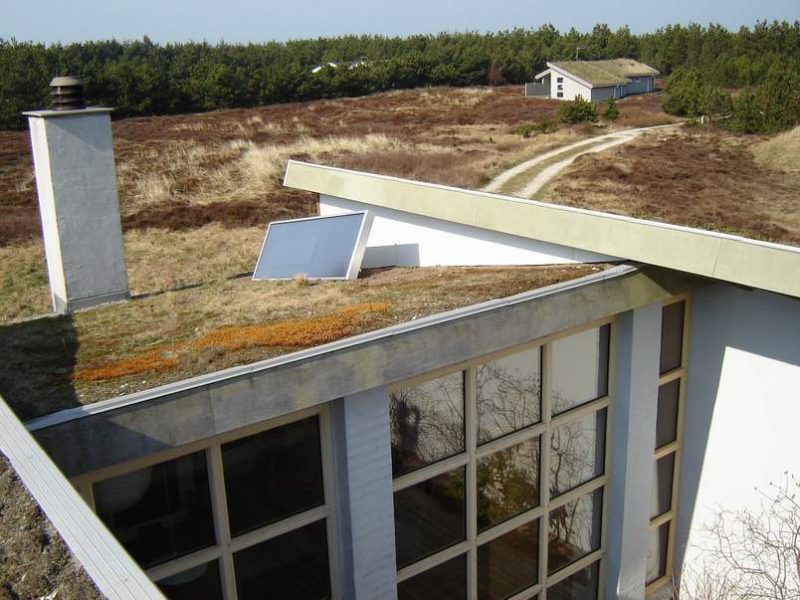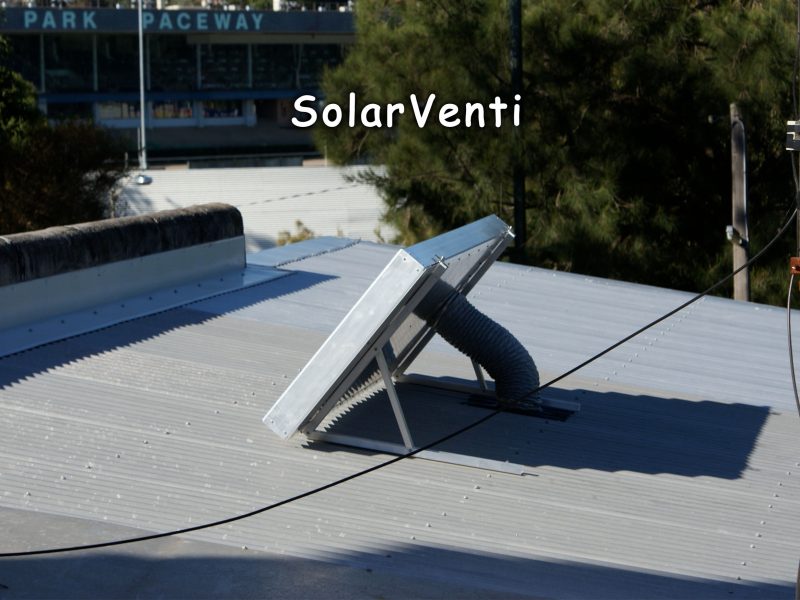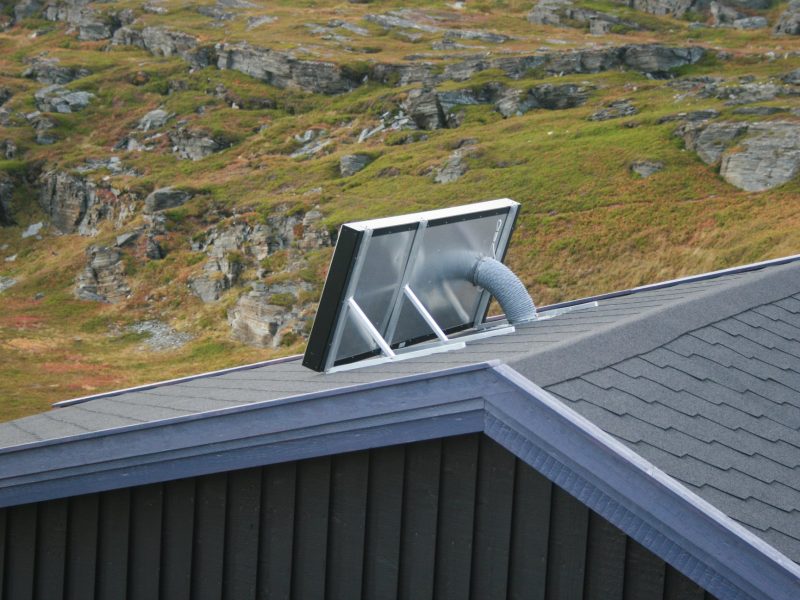Roof Ventilation and Why It’s Important?
ROOF VENTILATION IN THE SUMMER
One of the very first things they teach you in science class is that heat rises. But in homes without appropriate insulation and ventilation in the roof space, heat migrates. Not only that but cold always drops. So, open roof ventilators allow cold damp night air to ‘drop’ down to ceiling level. For example, in the summer, the sun beats down on the roof, heating up the space underneath. The attic fills up with hot air and pushes the air down into the house, raising its temperature. And rarely is there enough time for the temperature to cool down overnight. In turn, internal building materials base temperatures rise like Gyproc, tiles, brickwork. So, the more consecutive sunny days you have, the longer it will take for heat to dissipate. Also, in morning times, the temperature of structure in the morning starts off at a higher temperature.
The first thing homeowners do when the house gets hot is turn up the AC or crank up the fans. The hotter the house gets, the harder we push the systems to run.
Most AC systems run a duct via the roof space. This duct carries as low as 10 C degrees temps and what you pay for is half of that coolth to be lost in the attic heat. This adds up in terms of costly electrical bills and maintenance on our systems.
Meanwhile, because hot air is full of moisture, all that water hanging out in your roof space is causing condensation to build up. Excess heat and condensation can cause major damage to your roof and roofing materials. Not only that, but they invite their friends mould and mildew to come live with you. All of that can lead to some pretty hefty repair bills.
A well-ventilated roof can help minimize the potential for damage and unexpected cost. But it’s not as easy as going up and installing some vents and calling it a day. It takes some planning to get the ventilation system balanced just right.
The goal is to have a uniform flow of cool air from the outside (preferably shaded ambient) through the roof space and out the exhaust, carrying the hot, moist air in the roof with it. If you don’t balance the flow, hot spots can develop and negate any of the potential benefits of your ventilation system. Think of it this way: On a warm, windy day, you open the windows in your home to get some nice cool air flowing through your house. The problem is, you opened all the windows and can’t feel any benefit of the cool air blowing around outside. You shut all the windows but one, and still don’t feel the wind. But if you open two windows on opposite sides of your room, the wind has a place to enter and exit, and before you know it, you have a great cross-breeze cooling off your home. The theory is the same for your roof ventilation system. If you have two passive openings/whirlybirds – the air surface (very hot) air enters one and leaves the other. This will only increase the internal temperature not cool it as you might think.
ROOF VENTILATION IN THE WINTER
You would think that venting a roof would be counterintuitive in the winter or cold months. Not so! While heat migrates in the summer (because your roof space is acting as a giant pressure cooker), in the winter, the roof space is colder, allowing more room for the heat to rise and bring all that warm, cosy moisture with it. Especially if your shower/ kitchen or bathroom vents are expelling into your roof space.
As we’ve learned, the biggest problem with not having proper roof ventilation is moisture. And if you don’t vent correctly, all that warm, wet heat is going to sit around and take up space in your roof. The more heat that seeps out into your roof space, whether it’s through poorly sealed openings (things like recessed lighting or the roof space entry) or through general physics or open whirly birds, the cooler the rooms feel. When you get cold, you crank up the heat and continue the cycle.
While you’re turning up the heat and complaining about the cold, all that wet hot air in your roof is getting shocked by the cold air in your roof. As the moisture condenses, it can saturate ceiling boards, Gyproc, creating arcing in electric joints, or it can rot the wood, requiring you to rebuild the entire roof. Or the water can drip down into the insulation and seep through to the wood, causing the wood to rot or mould and mildew to collect.
If you have the added complication of living where there’s bush and forest, this is compound with ambient air being 90 -100% RH, you could face the formation of condensation when heat loss from the roof space increases and night dew enters as the cold enters, then condenses on all the materials on the roof. This keeps happening until you start to see mould on the ceiling underneath with high humidity in the internal of the house.
But if you have adequate managed ventilation, the cool dry air comes in from the outside to help that warm, moist heat escape the attic. Additionally, proper roof ventilation can help keep your attic at even ambient temperature to avoid hot – or cold – and high differentials/humidity from forming.
Regardless of where you live, the goal of venting your roof is to get rid of all that wet, hot air hanging around up there where it could cause some serious damage to your home – things like a broken roof (expensive) or a serious mould and mildew problem (expensive and gross).
Ultimately, if you want to keep your house warm in the winter and cool in the summer, you should first look to your roof space. Having proper roof ventilation – and insulation – can help preserve the roof of your home and keep your electric bills low.
Green Credentials
100% Emission-Free
100% Solar Powered
What Does a SolarVenti Product Do?



